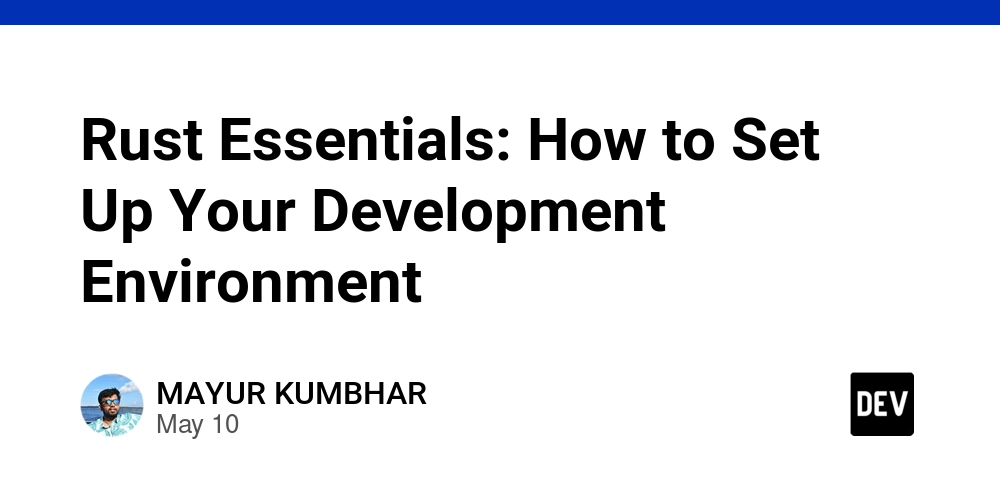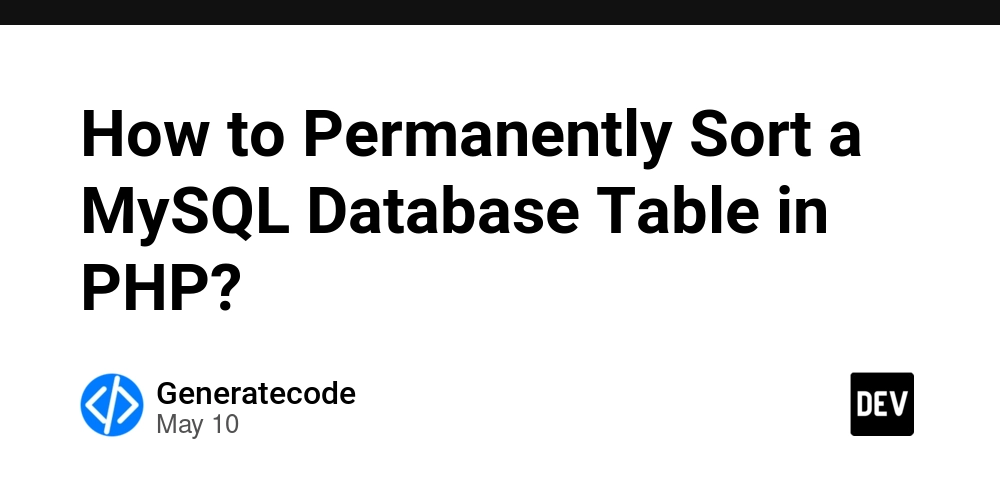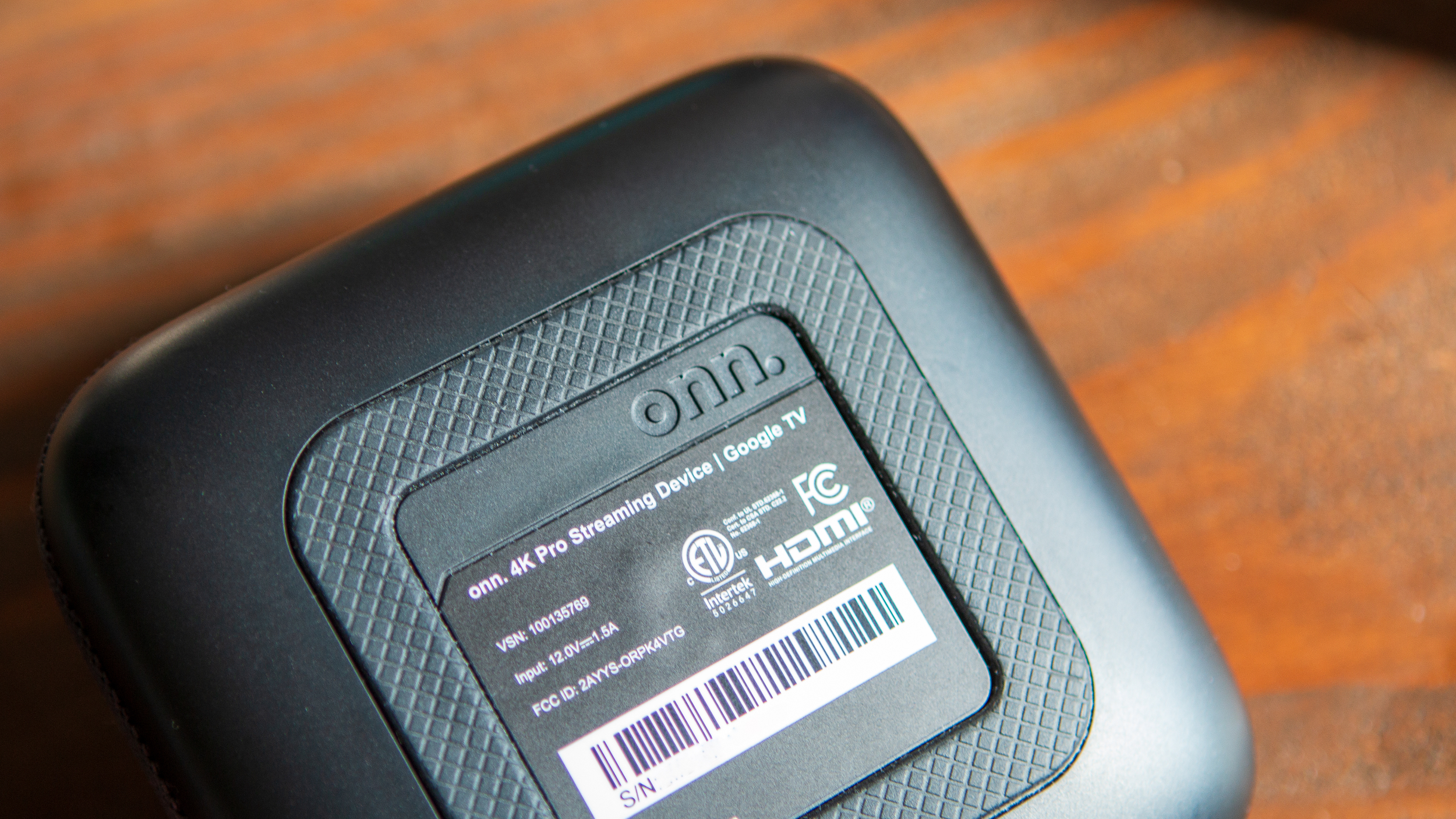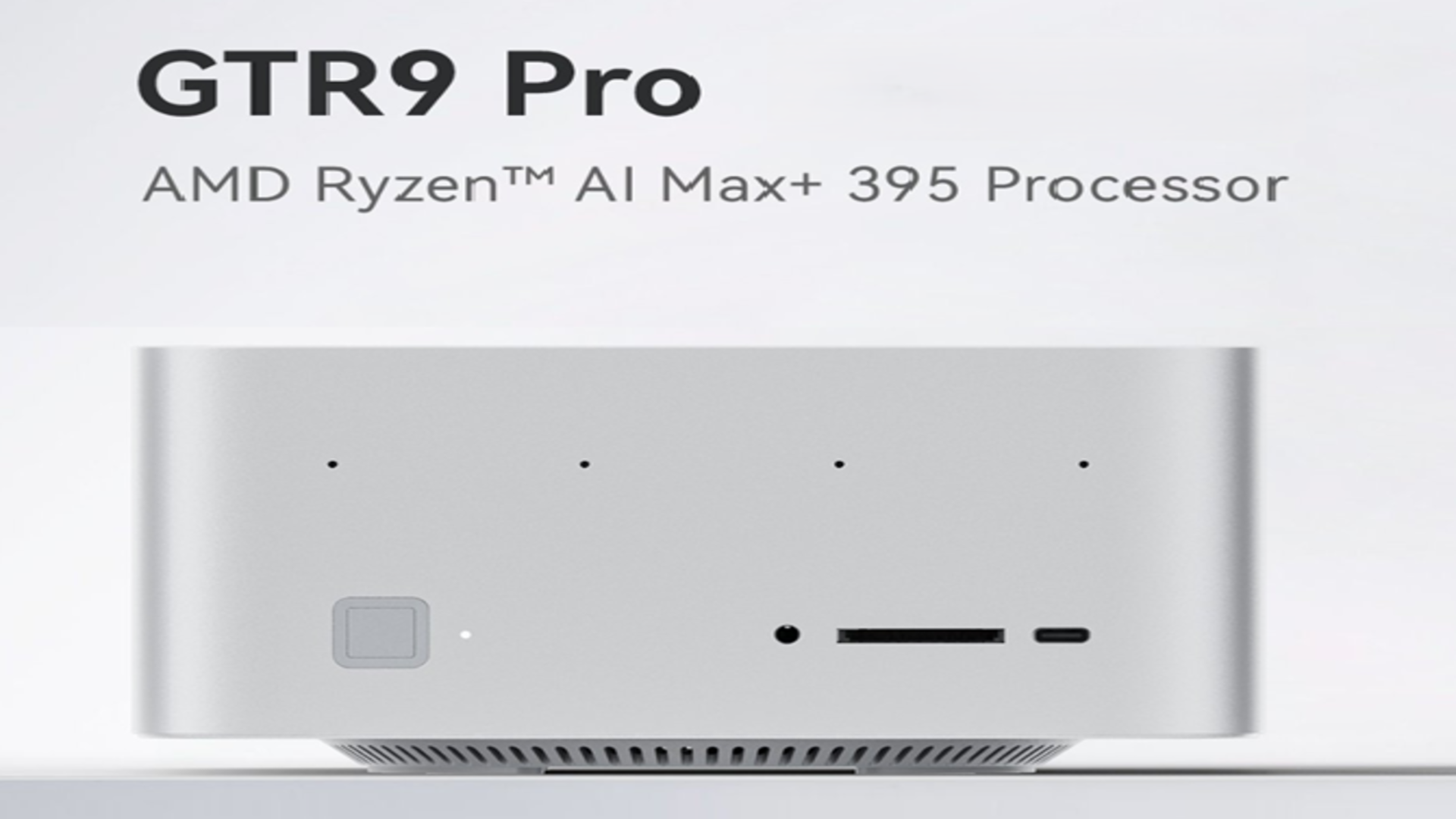Rust Essentials: How to Set Up Your Development Environment
In the previous article, we uncovered the power of Rust and explored its fundamental concepts. But theory alone isn’t enough — it’s time to get our hands dirty! In this article, we’ll walk you through setting up your local Rust development environment and writing your very first program. Let’s dive in and bring Rust to life on your machine! Rust offers an exceptional toolchain manager called rustup to simplify your development experience. Pair it with a reliable code editor or an integrated development environment (IDE) for a seamless and efficient coding journey. 1. Installing the Rust Toolchain with rustup What is rustup? It’s the official command-line tool for installing and managing Rust versions along with its essential tools, such as rustc, cargo, and documentation. With rustup, keeping your Rust environment up-to-date becomes effortless, ensuring you always have access to the latest features and fixes. How to Install Rust: Linux/macOS: Open your terminal and run the following command to install Rust: curl --proto '=https' --tlsv1.2 -sSf https://sh.rustup.rs | sh Windows: Visit the official Rust website and download rustup-init.exe. Run the installer to set up Rust on your system. Post-Installation Steps: After installing Rust, it’s essential to ensure that cargo and rustc are properly added to your system's PATH. If they aren’t, you might need to restart your terminal or execute a source command, such as: source $HOME/.cargo/env (For Linux/macOS users). Verification: To confirm a successful installation, open a new terminal and run the following commands: rustc --version cargo --version These will display the installed versions of Rust’s compiler and package manager, verifying that everything is set up correctly. Key Tools Installed by rustup: rustc: The Rust compiler that transforms your source code into executables or libraries, forming the backbone of Rust development. cargo: Rust's indispensable build system and package manager. It simplifies project creation, builds your code, manages dependencies (crates from crates.io), runs tests, and much more. 2. Setting Up Your IDE While a plain text editor can get the job done, using an IDE or advanced code editor can supercharge your productivity. With features like syntax highlighting, autocompletion, and real-time error detection, you’ll spend less time debugging and more time building. Pair Visual Studio Code (VS Code) with the Rust Analyzer extension for the ultimate Rust development experience. This powerful combination provides intelligent code assistance, making your workflow smoother and more efficient. With rustup installed (giving you rustc and cargo) and your IDE set up with Rust Analyzer, your development environment is ready! 3. Hello Rust! your first program Projects in Rust are managed with cargo, a versatile tool that acts as a package manager, build system, test runner, and documentation generator. We'll use cargo to create and manage our project. Step 1: Create project with cargo cargo new hello_rust cargo: Runs the Cargo tool, Rust's package manager and build system. new: A subcommand that creates a new Rust project. hello_rust: The name of the project. Cargo will create a new directory with this name containing the project files. When you run this, cargo will output something like: Created binary (application) `hello_rust` package Step 2: Explore project structure Navigate into the newly created directory: cd hello_rust Now, look at the files and directories inside. You should see: . ├── Cargo.toml └── src └── main.rs Cargo.toml: The manifest file of your project, written in TOML (Tom's Obvious, Minimal Language). It includes metadata like the project's name, version, author, and dependencies. We'll explore this file in detail in the next lesson. src/: Directory containing your project's source code. src/main.rs: The crate root file for a binary application. By default, Cargo creates a binary crate (an executable program), and main.rs serves as the entry point for the executable. Step 3: Examine the Default Code (src/main.rs) Open the src/main.rs file in your chosen IDE (VS Code or IntelliJ IDEA). You'll find the following code already written for you by cargo new: fn main() { println!("Hello, world!"); } fn: Declares a new function. main: The special entry point function for Rust executable programs. (): Indicates the main function takes no arguments. {}: Encloses the body of the function, where instructions are written. println!: A macro (not a function, identified by !) used to print text to the console, followed by a newline. "Hello, world!": A string literal, representing the text to be printed. ;: Marks the end of a statement in Rust. Step 4: Build and Run Your Program Building the Project: Make sure you are inside the hello_rust directory in your terminal. Then, run the

In the previous article, we uncovered the power of Rust and explored its fundamental concepts. But theory alone isn’t enough — it’s time to get our hands dirty! In this article, we’ll walk you through setting up your local Rust development environment and writing your very first program. Let’s dive in and bring Rust to life on your machine!
Rust offers an exceptional toolchain manager called rustup to simplify your development experience. Pair it with a reliable code editor or an integrated development environment (IDE) for a seamless and efficient coding journey.
1. Installing the Rust Toolchain with rustup
What is
rustup? It’s the official command-line tool for installing and managing Rust versions along with its essential tools, such asrustc,cargo, and documentation. Withrustup, keeping your Rust environment up-to-date becomes effortless, ensuring you always have access to the latest features and fixes.How to Install Rust:
Linux/macOS: Open your terminal and run the following command to install Rust:
curl --proto '=https' --tlsv1.2 -sSf https://sh.rustup.rs | sh
Windows: Visit the official Rust website and download rustup-init.exe. Run the installer to set up Rust on your system.
- Post-Installation Steps: After installing Rust, it’s essential to ensure that cargo and rustc are properly added to your system's PATH. If they aren’t, you might need to restart your terminal or execute a source command, such as:
source $HOME/.cargo/env
(For Linux/macOS users).
Verification:
To confirm a successful installation, open a new terminal and run the following commands:
rustc --version
cargo --version
These will display the installed versions of Rust’s compiler and package manager, verifying that everything is set up correctly.
Key Tools Installed by rustup:
-
rustc: The Rust compiler that transforms your source code into executables or libraries, forming the backbone of Rust development. -
cargo: Rust's indispensable build system and package manager. It simplifies project creation, builds your code, manages dependencies (crates from crates.io), runs tests, and much more.
2. Setting Up Your IDE
While a plain text editor can get the job done, using an IDE or advanced code editor can supercharge your productivity. With features like syntax highlighting, autocompletion, and real-time error detection, you’ll spend less time debugging and more time building.
Pair Visual Studio Code (VS Code) with the Rust Analyzer extension for the ultimate Rust development experience. This powerful combination provides intelligent code assistance, making your workflow smoother and more efficient.
With rustup installed (giving you rustc and cargo) and your IDE set up with Rust Analyzer, your development environment is ready!
3. Hello Rust! your first program
Projects in Rust are managed with cargo, a versatile tool that acts as a package manager, build system, test runner, and documentation generator. We'll use cargo to create and manage our project.
- Step 1: Create project with cargo
cargo new hello_rust
-
cargo: Runs the Cargo tool, Rust's package manager and build system. -
new: A subcommand that creates a new Rust project. -
hello_rust: The name of the project. Cargo will create a new directory with this name containing the project files.
When you run this, cargo will output something like:
Created binary (application) `hello_rust` package
- Step 2: Explore project structure
Navigate into the newly created directory:
cd hello_rust
Now, look at the files and directories inside. You should see:
.
├── Cargo.toml
└── src
└── main.rs
-
Cargo.toml: The manifest file of your project, written in TOML (Tom's Obvious, Minimal Language). It includes metadata like the project's name, version, author, and dependencies. We'll explore this file in detail in the next lesson. -
src/: Directory containing your project's source code. src/main.rs: The crate root file for a binary application. By default, Cargo creates a binary crate (an executable program), andmain.rsserves as the entry point for the executable.Step 3: Examine the Default Code (
src/main.rs)
Open the src/main.rs file in your chosen IDE (VS Code or IntelliJ IDEA). You'll find the following code already written for you by cargo new:
fn main() {
println!("Hello, world!");
}
-
fn: Declares a new function. -
main: The special entry point function for Rust executable programs. -
(): Indicates the main function takes no arguments. -
{}: Encloses the body of the function, where instructions are written. -
println!: A macro (not a function, identified by !) used to print text to the console, followed by a newline. -
"Hello, world!": A string literal, representing the text to be printed. ;: Marks the end of a statement in Rust.Step 4: Build and Run Your Program
Building the Project:
Make sure you are inside the hello_rust directory in your terminal. Then, run the following command to build your project:
cargo build
The output will look something like this (details may vary):
Compiling hello_rust v0.1.0 (/path/to/your/project/hello_rust)
Finished dev [unoptimized + debuginfo] target(s) in X.XXs
- Step 5: Running the project (the easy way):
The most common way to run your Rust program is using cargo run:
cargo run
This command is a shortcut. Cargo will first check if your code needs to be rebuilt. If it does, it will compile it. Then, it will execute the compiled program.
You should see the following output:
Finished dev [unoptimized + debuginfo] target(s) in Y.YYs
Running `target/debug/hello_rust`
Hello, world!
Success! You have written, compiled, and run your first Rust program.
There’s another useful cargo command: cargo check. This command quickly checks your code for errors without producing an executable
You’ve successfully learned the basics of creating, building, and running a Rust program using cargo, while exploring the default project structure. You're now ready to dive deeper into Rust's powerful features. Happy coding!










































































































































































![[The AI Show Episode 146]: Rise of “AI-First” Companies, AI Job Disruption, GPT-4o Update Gets Rolled Back, How Big Consulting Firms Use AI, and Meta AI App](https://www.marketingaiinstitute.com/hubfs/ep%20146%20cover.png)




























































































































![[FREE EBOOKS] Offensive Security Using Python, Learn Computer Forensics — 2nd edition & Four More Best Selling Titles](https://www.javacodegeeks.com/wp-content/uploads/2012/12/jcg-logo.jpg)



![Ditching a Microsoft Job to Enter Startup Purgatory with Lonewolf Engineer Sam Crombie [Podcast #171]](https://cdn.hashnode.com/res/hashnode/image/upload/v1746753508177/0cd57f66-fdb0-4972-b285-1443a7db39fc.png?#)





























































.jpg?width=1920&height=1920&fit=bounds&quality=70&format=jpg&auto=webp#)


































































































































































-xl.jpg)



























![Beats Studio Buds + On Sale for $99.95 [Lowest Price Ever]](https://www.iclarified.com/images/news/96983/96983/96983-640.jpg)

![New iPad 11 (A16) On Sale for Just $277.78! [Lowest Price Ever]](https://www.iclarified.com/images/news/97273/97273/97273-640.jpg)







































![Apple's 11th Gen iPad Drops to New Low Price of $277.78 on Amazon [Updated]](https://images.macrumors.com/t/yQCVe42SNCzUyF04yj1XYLHG5FM=/2500x/article-new/2025/03/11th-gen-ipad-orange.jpeg)



![[Exclusive] Infinix GT DynaVue: a Prototype that could change everything!](https://www.gizchina.com/wp-content/uploads/images/2025/05/Screen-Shot-2025-05-10-at-16.07.40-PM-copy.png)



![T-Mobile discontinues a free number feature but a paid alternative exists [UPDATED]](https://m-cdn.phonearena.com/images/article/170235-two/T-Mobile-discontinues-a-free-number-feature-but-a-paid-alternative-exists-UPDATED.jpg?#)





















































